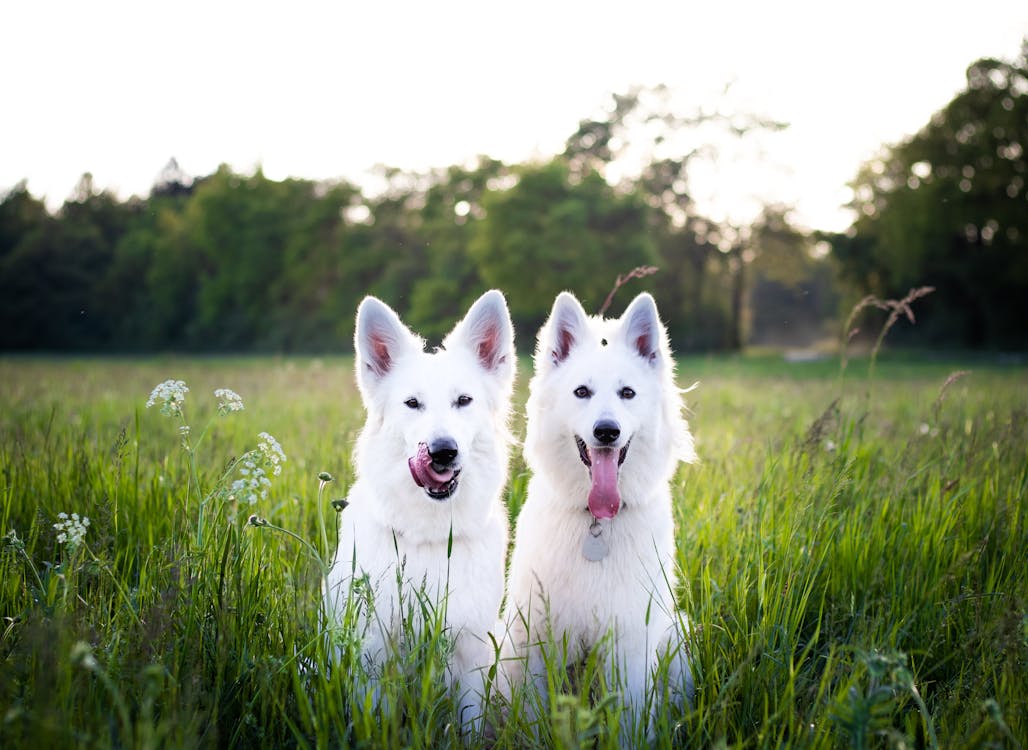Dogs are renowned for their ability to communicate with humans and other animals through a variety of vocalizations. Barking, whining, growling, and other sounds are essential aspects of canine communication, conveying emotions, needs, and intentions. As responsible dog owners and enthusiasts, it is crucial to understand and interpret these vocalizations to better connect with our furry companions and address their needs appropriately. In this article, we will explore the various vocalizations dogs use, decipher their meanings, and gain insights into the factors influencing their vocal expressions.
Barking – The Multifaceted Vocalization

Barking is the most common form of vocalization among dogs, and it serves multiple purposes depending on the context. Dogs may bark to alert their owners of potential intruders or perceived threats, express excitement or joy, seek attention, or convey anxiety and fear. Additionally, barking can also be a learned behavior, and some breeds are more prone to excessive barking than others. Paying attention to the pitch, duration, and intensity of the bark can help identify the underlying message. A sharp, high-pitched bark may indicate alarm, while a deep, repetitive bark might signal boredom or a desire to play.
Whining – Expressing Emotions and Needs
Whining is another common vocalization dogs use to communicate their emotions and needs. It is often an expression of distress, anxiety, or longing for attention or companionship. Puppies, in particular, may whine when feeling insecure or seeking comfort from their mother or human caregivers. Adult dogs may whine when feeling unwell or when they are in pain. It is crucial for dog owners to observe the context in which the whining occurs to respond appropriately and provide comfort or address any underlying issues.
Growling – Warning and Defense Mechanism

Growling is a vocalization that can be misunderstood, as it is often associated with aggression. While growling can indeed be a warning sign of potential aggression, it is essential to recognize that growling is also a natural part of a dog’s communication repertoire. Dogs may growl when playing, during interactions with other dogs, or when feeling threatened or cornered. It is crucial to consider the context and body language accompanying the growl to determine the dog’s emotional state accurately. If a dog growls out of fear or discomfort, it is essential to avoid triggering situations and seek professional help for behavior modification.
Howling – Echoes of the Wild
Howling is a hauntingly beautiful sound associated with wolves and their domesticated relatives, dogs. Dogs may howl in response to certain sounds, like sirens or musical instruments, to express loneliness or separation anxiety, or as a form of communication with other dogs in the vicinity. Howling can serve as a means of establishing territory, coordinating pack activities, or calling for attention. Some dog breeds, such as Huskies and Alaskan Malamutes, are more prone to howling due to their close genetic ties to their wild ancestors.
Groaning and Grunting – Expressing Relaxation

Less commonly discussed, groaning, and grunting are vocalizations dogs make to express relaxation and contentment. Often observed during moments of physical comfort, such as when settling into a comfortable bed or receiving belly rubs, these sounds indicate that your dog is at ease and enjoying the moment. Understanding these vocalizations can deepen the bond between you and your pet, as you learn to recognize their state of comfort and satisfaction.
Yipping – High-Pitched Expressions
Yipping is a short, high-pitched vocalization often observed in smaller dog breeds. Dogs may yip when excited, startled, or seeking attention. Yipping can also be a form of communication between dogs, especially during play or interactions within a dog pack. While yipping is generally harmless, excessive and repetitive yipping may indicate an overstimulated or anxious dog, warranting further investigation into the underlying cause.
Whimpering – Seeking Comfort and Assurance

Whimpering is a soft, high-pitched vocalization dogs use to convey vulnerability and seek comfort and reassurance. Puppies often whimper when feeling anxious or in need of care from their mother or human caregivers. Adult dogs may also whimper when experiencing pain, discomfort, or a stressful situation. Responding with gentle care and addressing any underlying issues can help soothe a whimpering dog and strengthen the bond between dog and owner.
Chirping and Chattering – The Prey Response
Chirping and chattering are intriguing vocalizations dogs make in response to prey or excitement. Often observed when dogs spot birds, squirrels, or other small animals, these sounds are a reflection of a dog’s predatory instincts and excitement. The vocalizations are typically accompanied by a wagging tail and intense focus on the perceived prey.
Muttering and Mumbling – Talking to Themselves

Some dogs exhibit muttering and mumbling vocalizations that resemble human grumbling or mumbling under their breath. This behavior is believed to be a way for dogs to express themselves or talk to themselves when faced with various situations. These vocalizations are often low in volume and are not meant to be heard by humans or other dogs.
Silence – Listening and Observing
Finally, silence can also be a form of communication for dogs. Dogs are keen observers, and they often use silence to listen and assess their surroundings carefully. During training or interactions, dogs may remain silent to show attentiveness and readiness to follow cues. Additionally, silence can also indicate a dog’s fear or submission, as they try to avoid drawing attention or aggression from potential threats.
Dogs’ vocalizations are a rich and complex form of communication, providing valuable insights into their emotions, needs, and intentions. Barking, whining, growling, howling, and other vocal expressions are essential for their survival and social interactions. As responsible dog owners and enthusiasts, it is essential to pay close attention to these vocalizations and understand the context in which they occur. By doing so, we can better communicate with our canine companions, strengthen our bond with them, and provide the love and care they need to lead happy and fulfilling lives.


